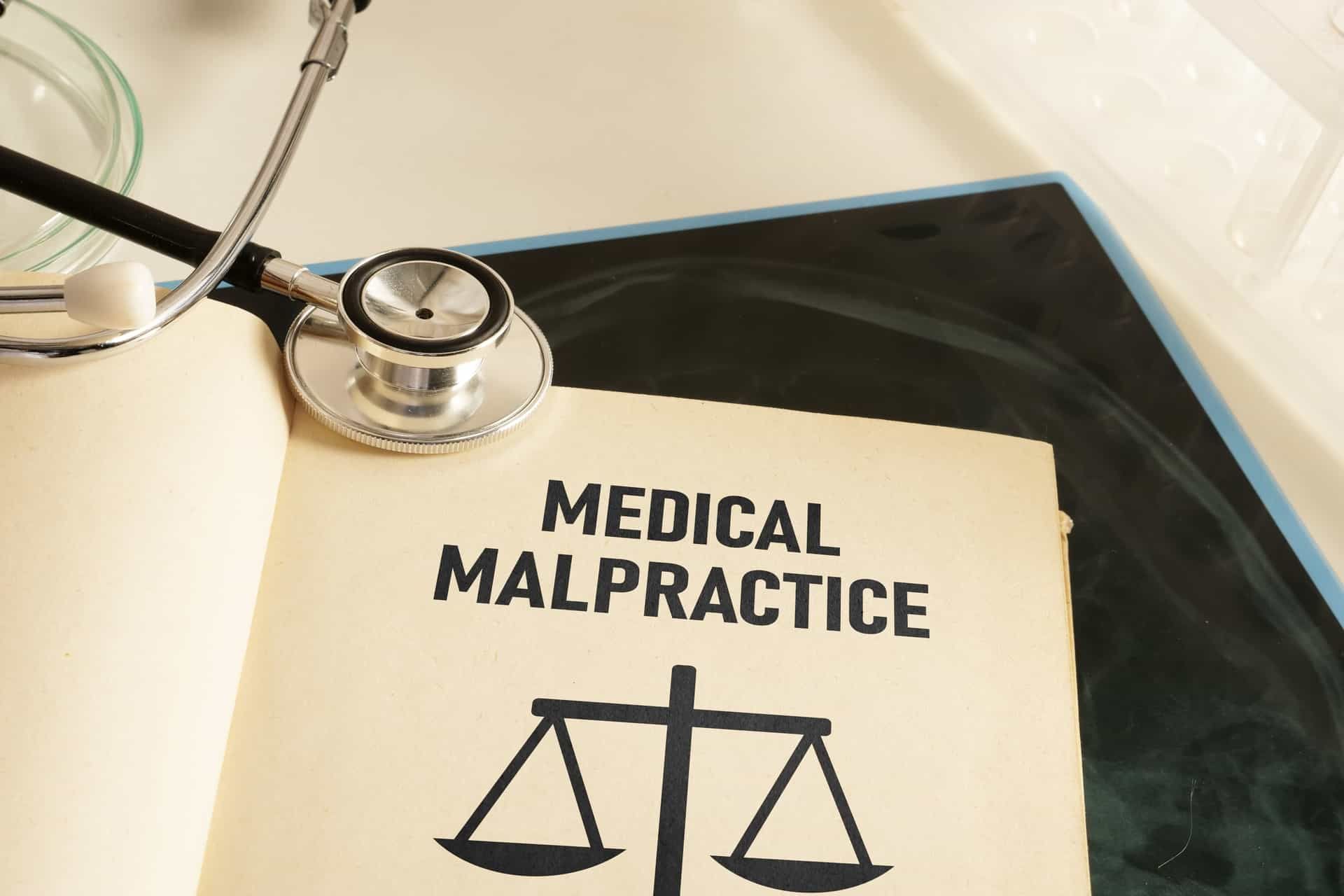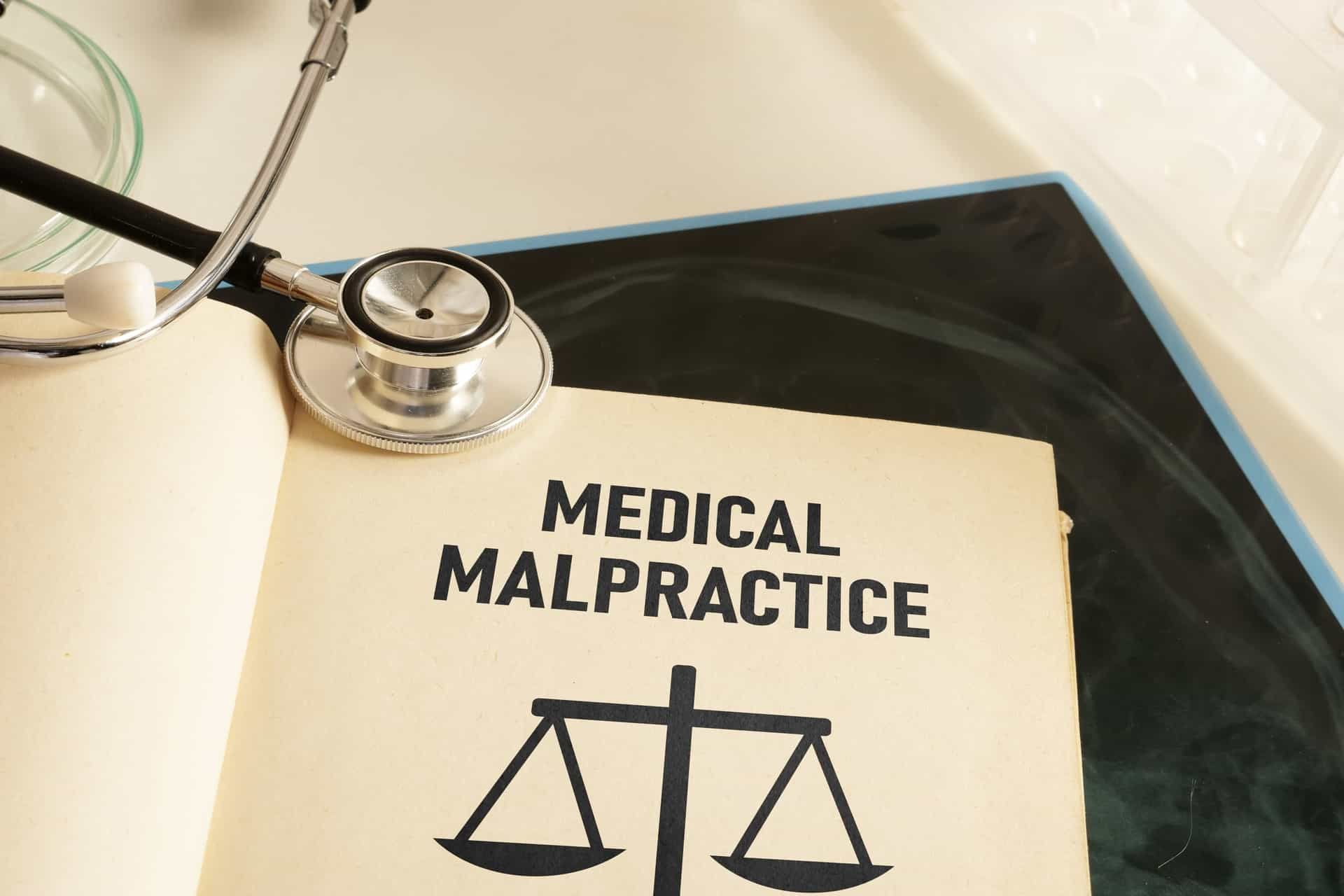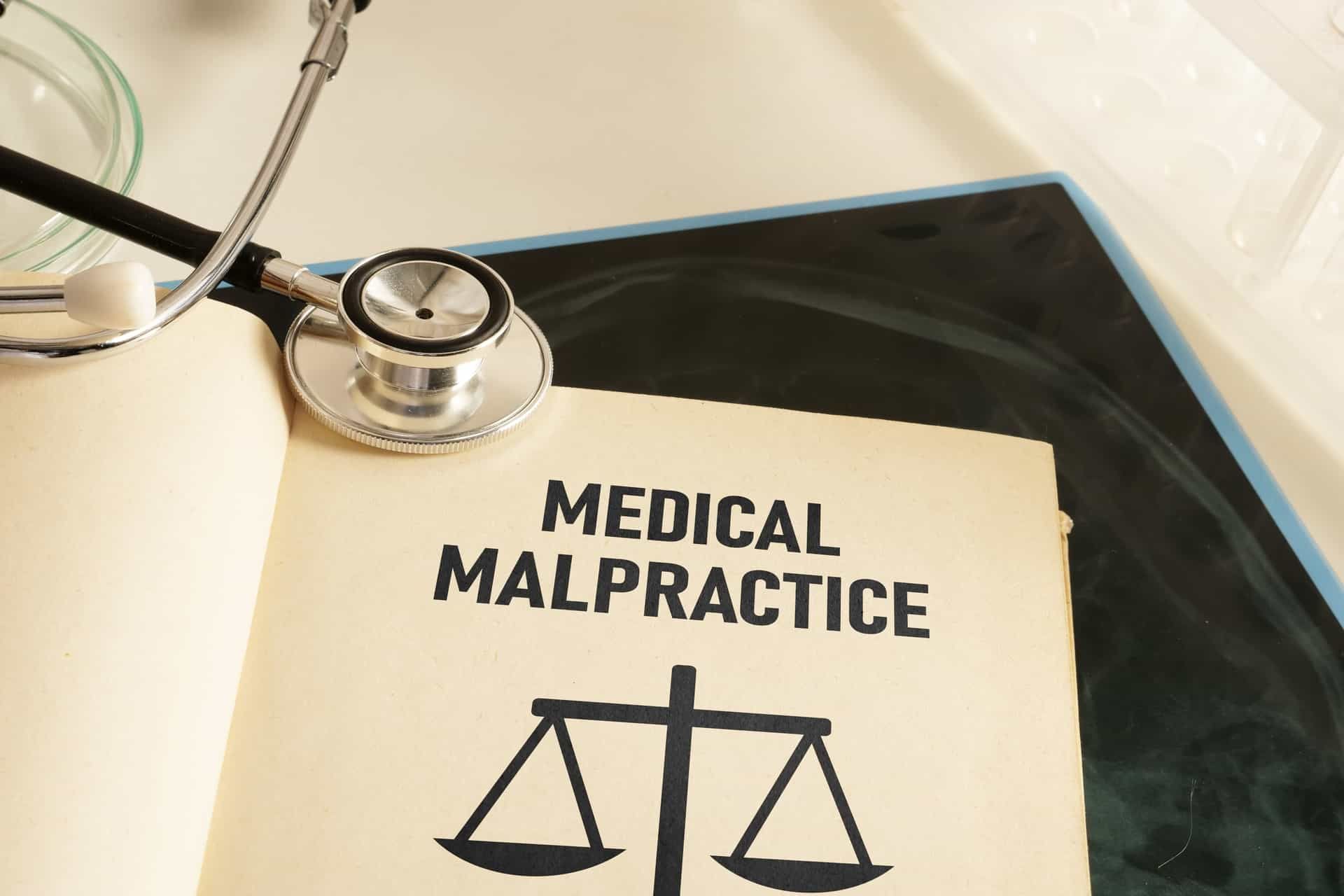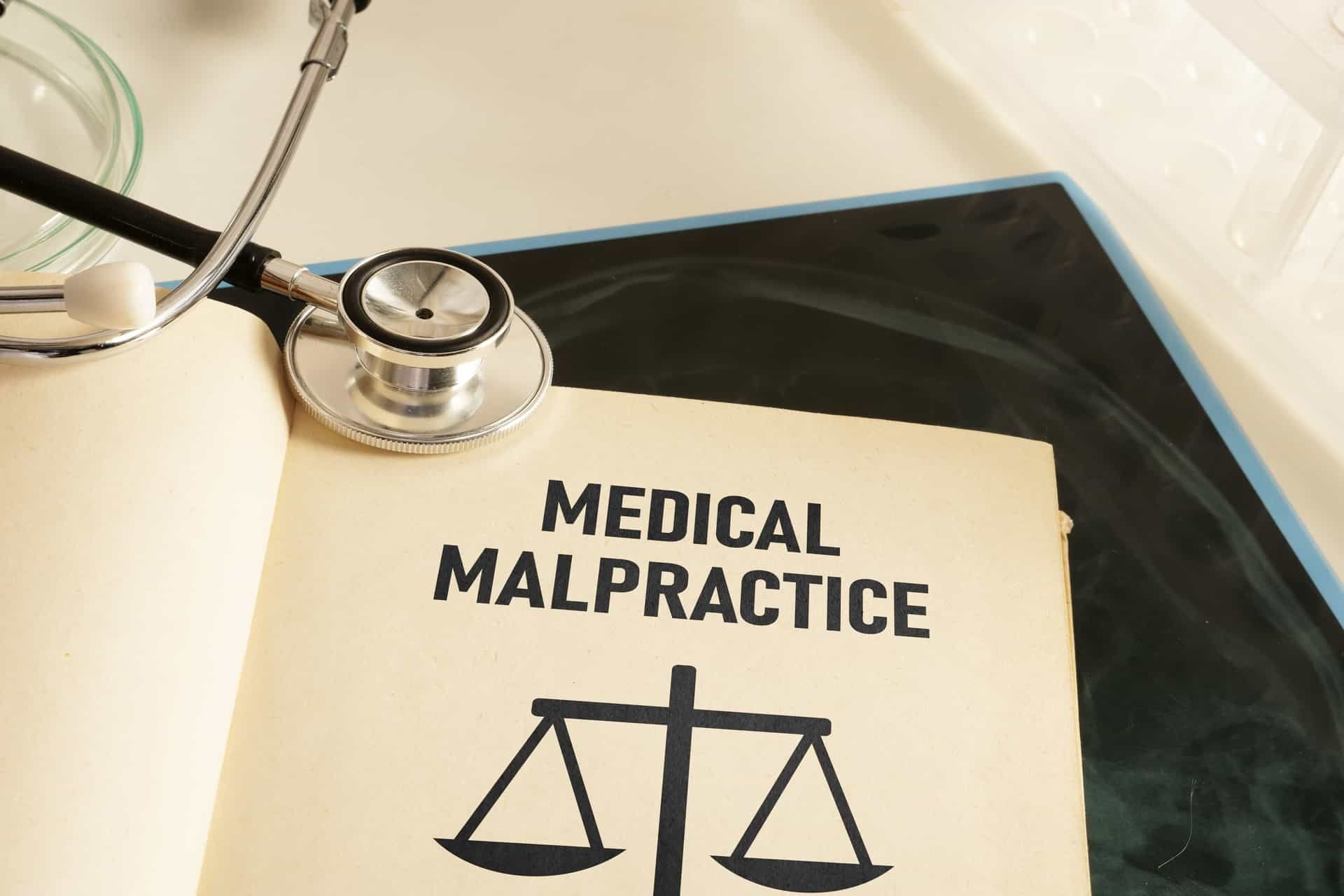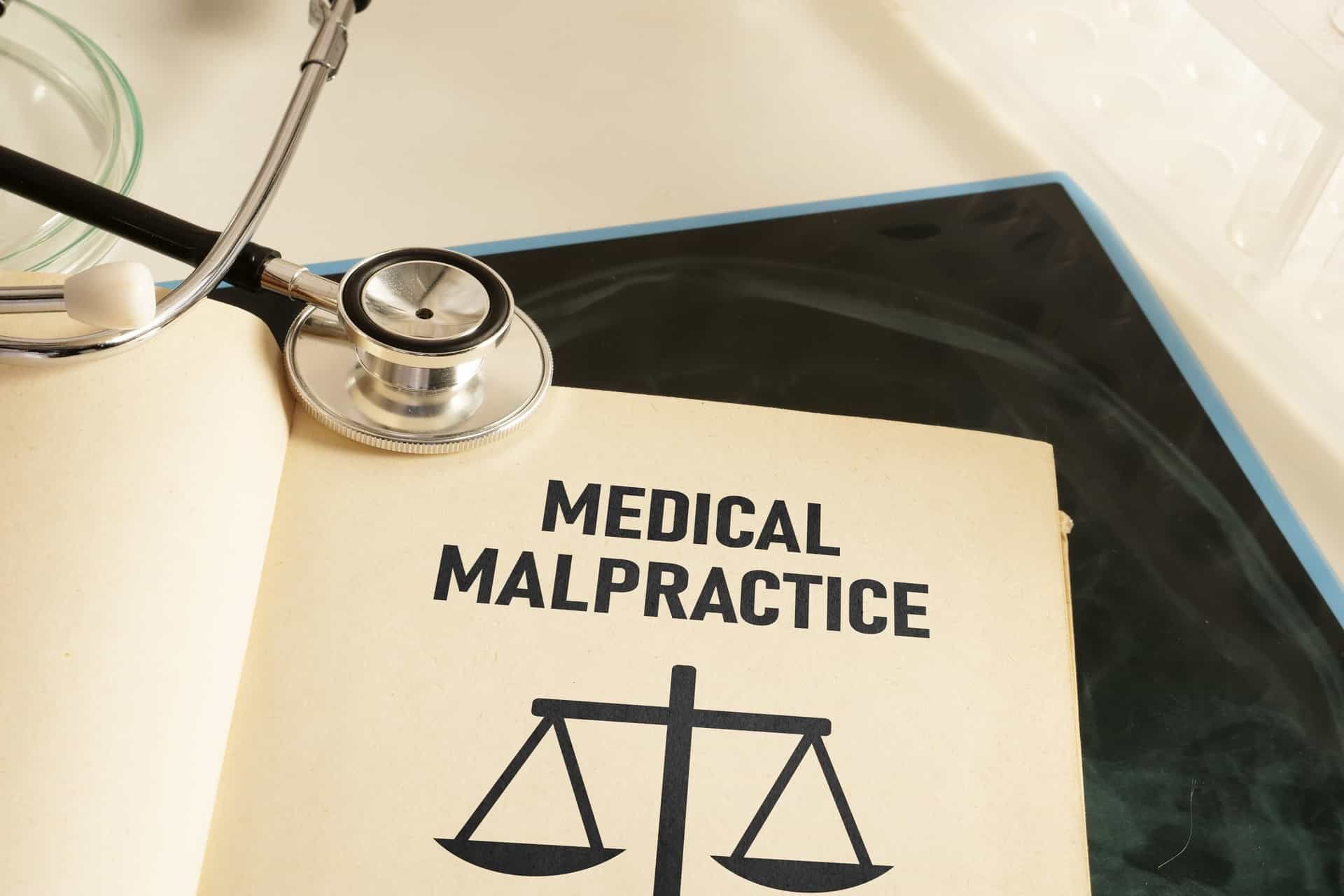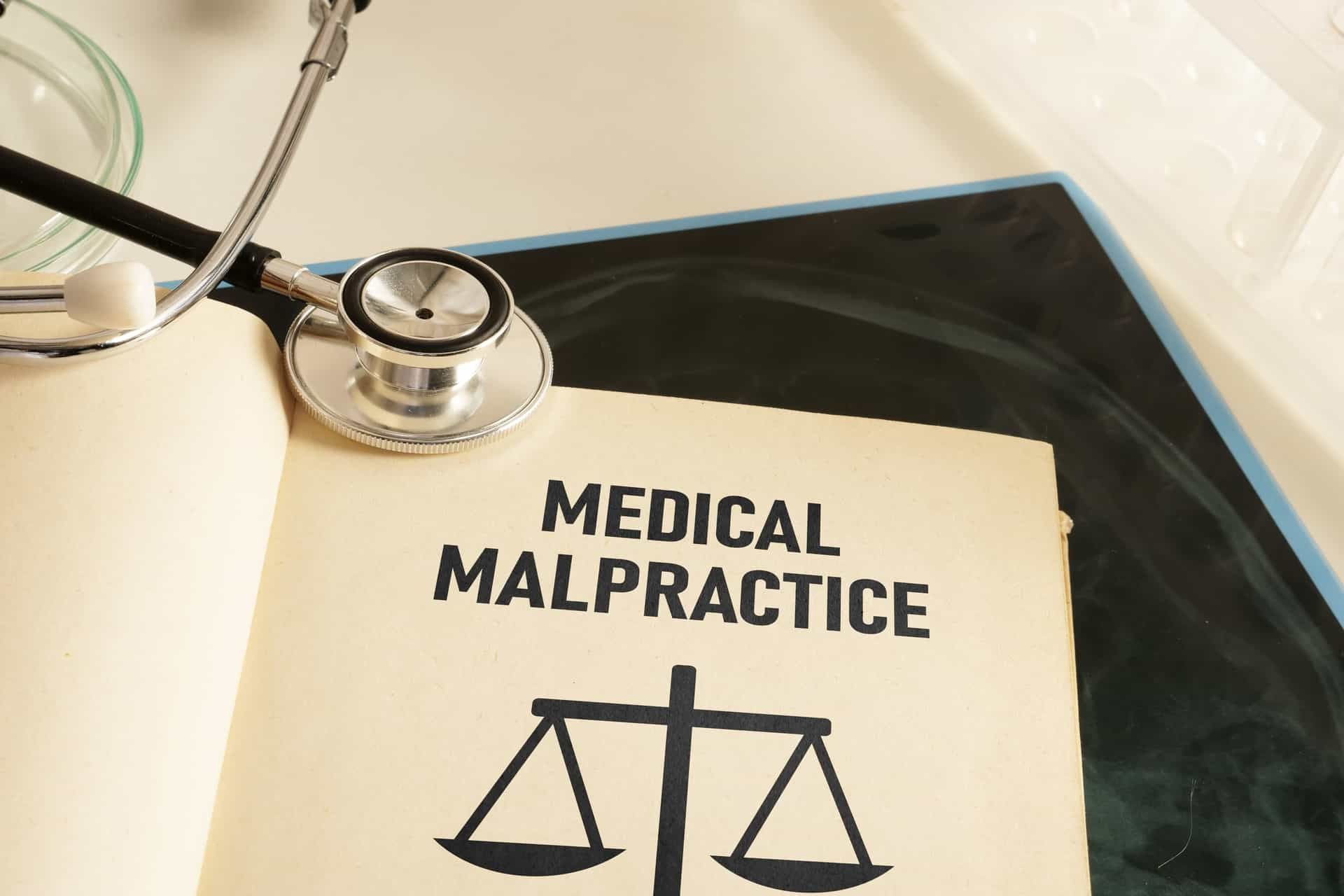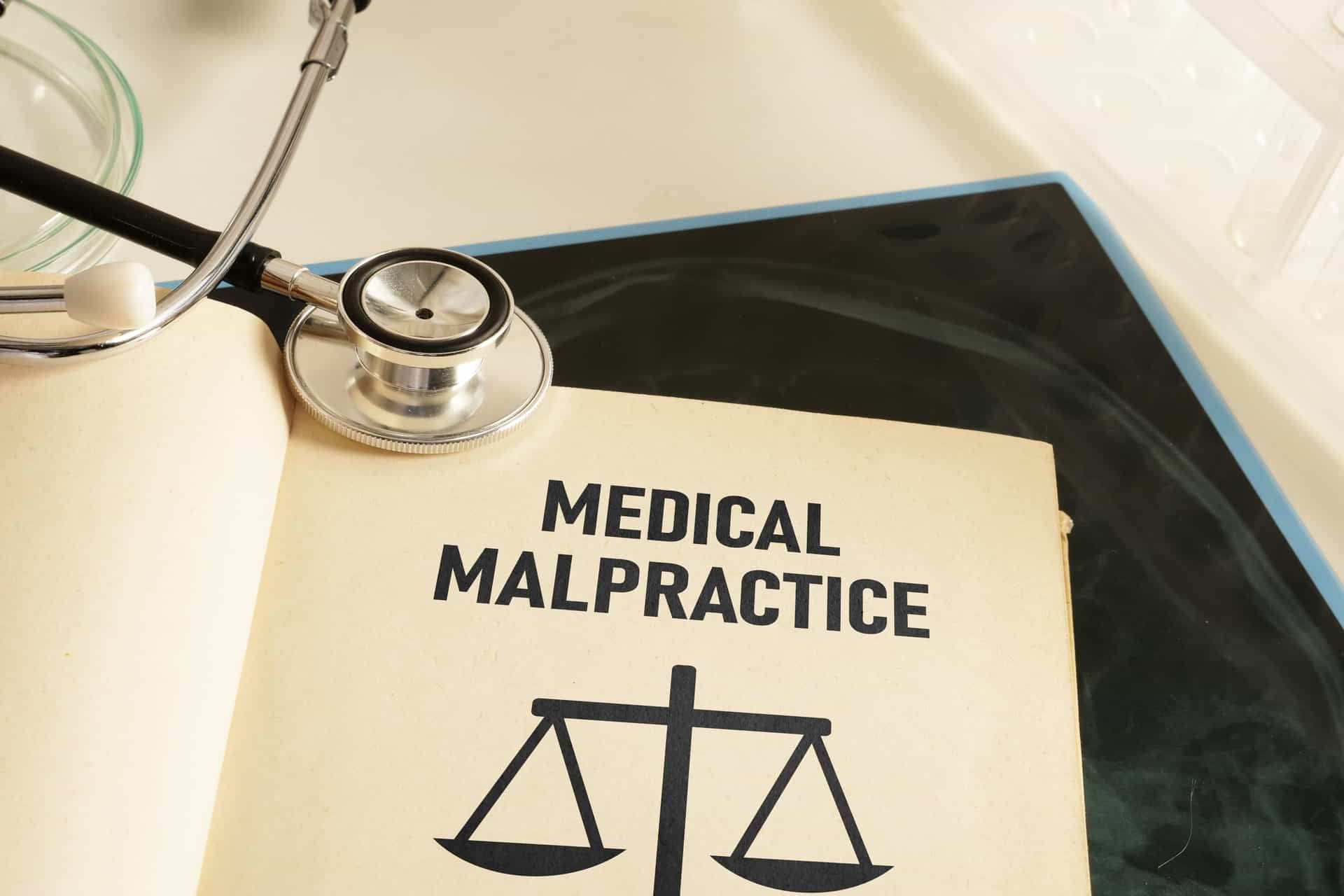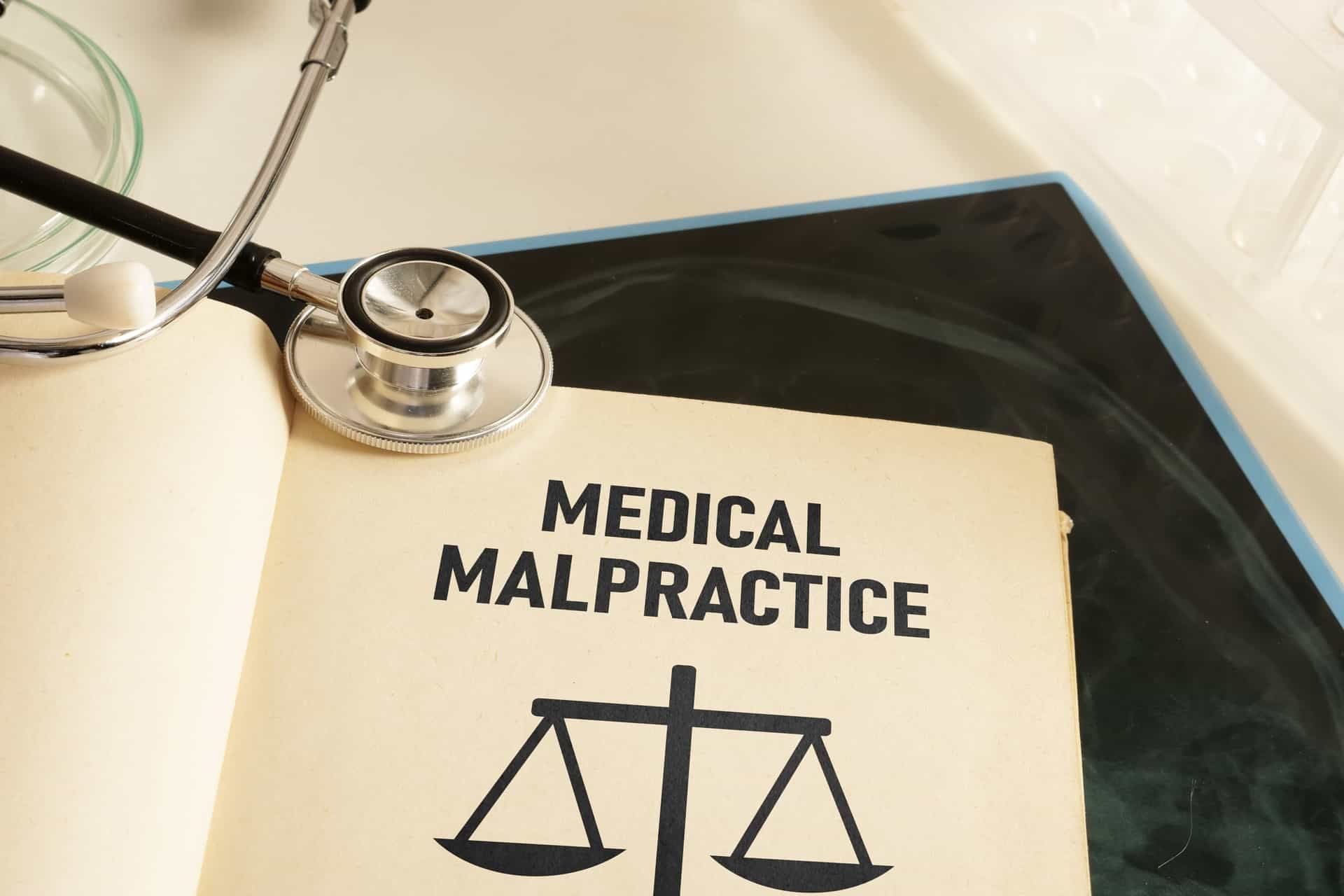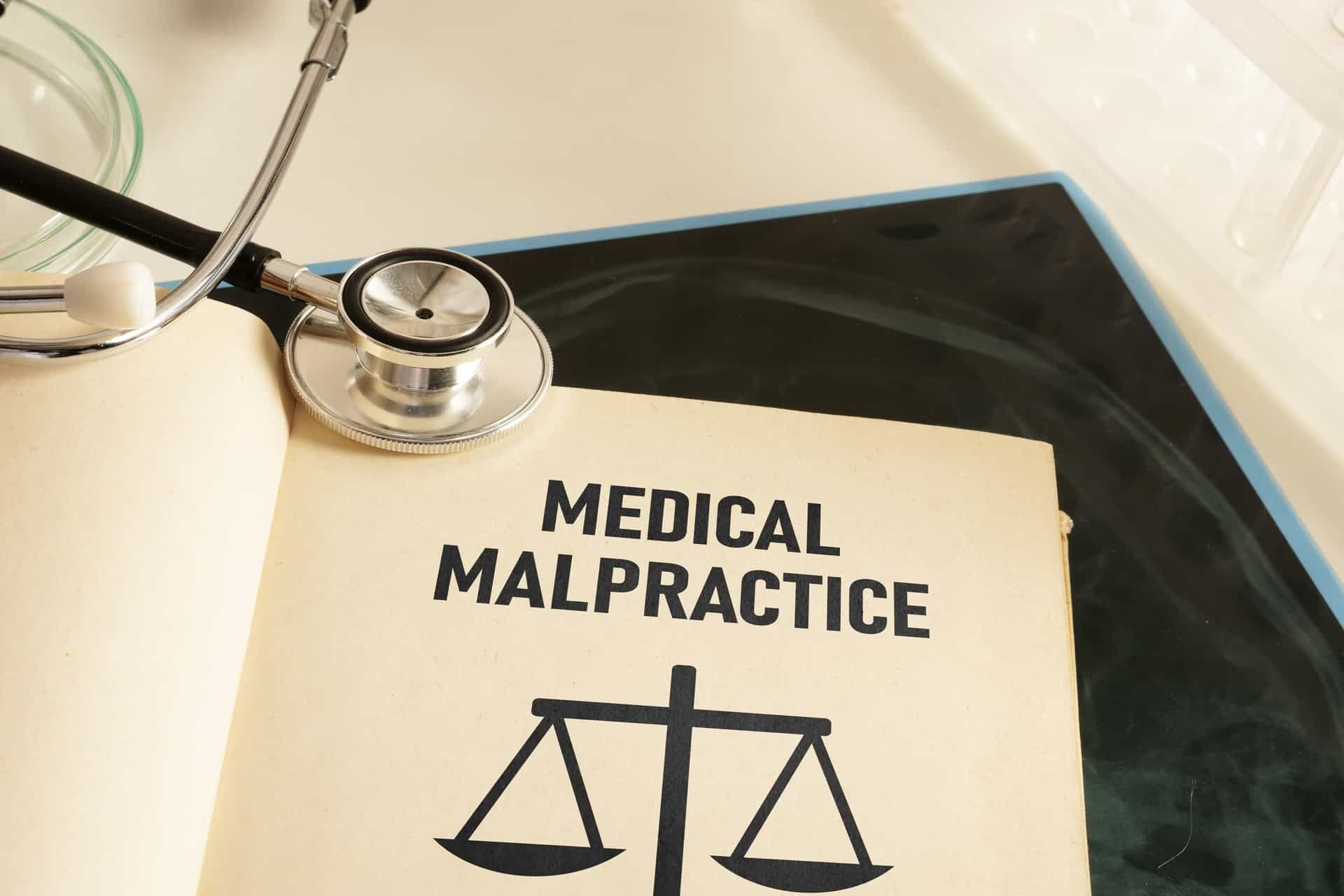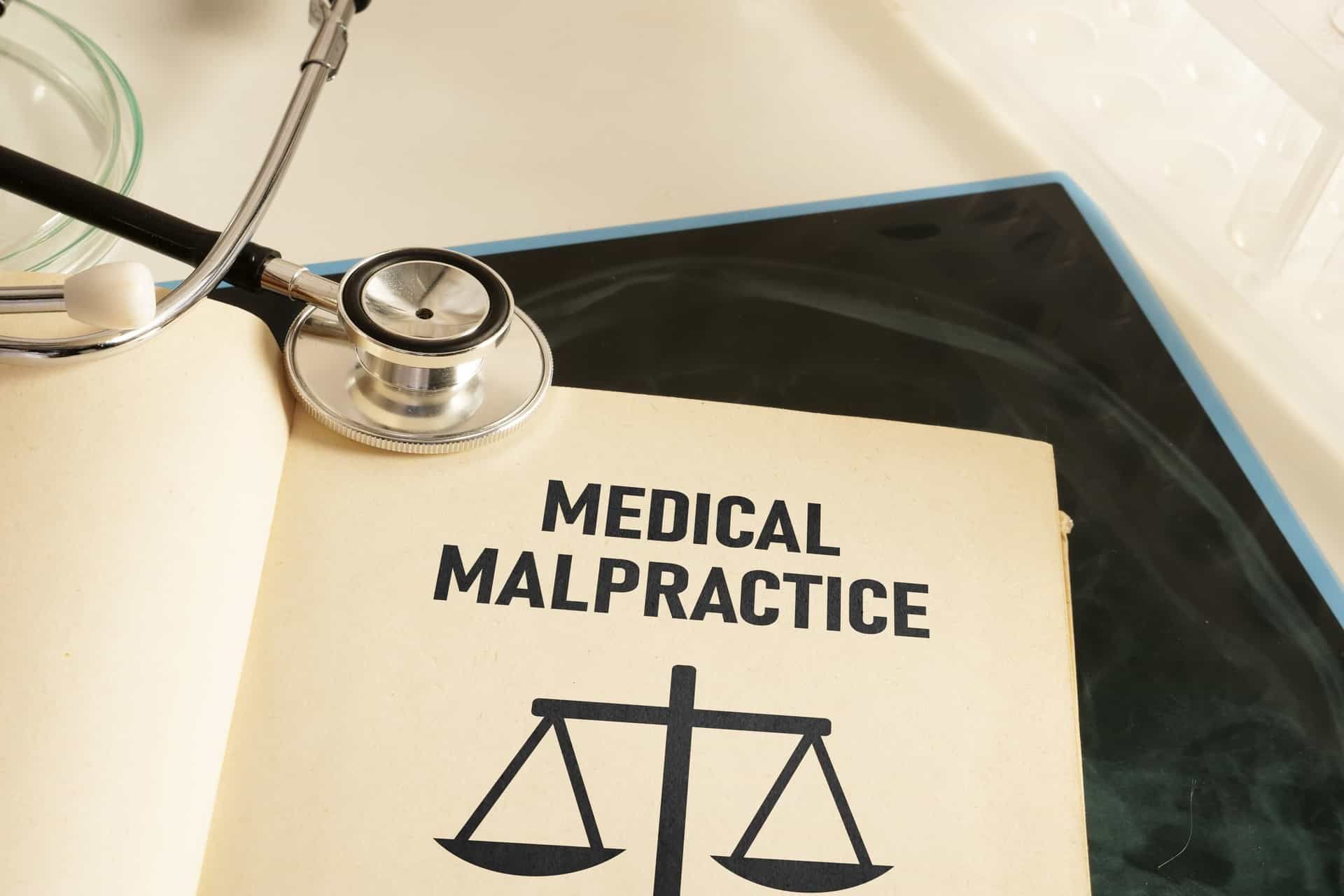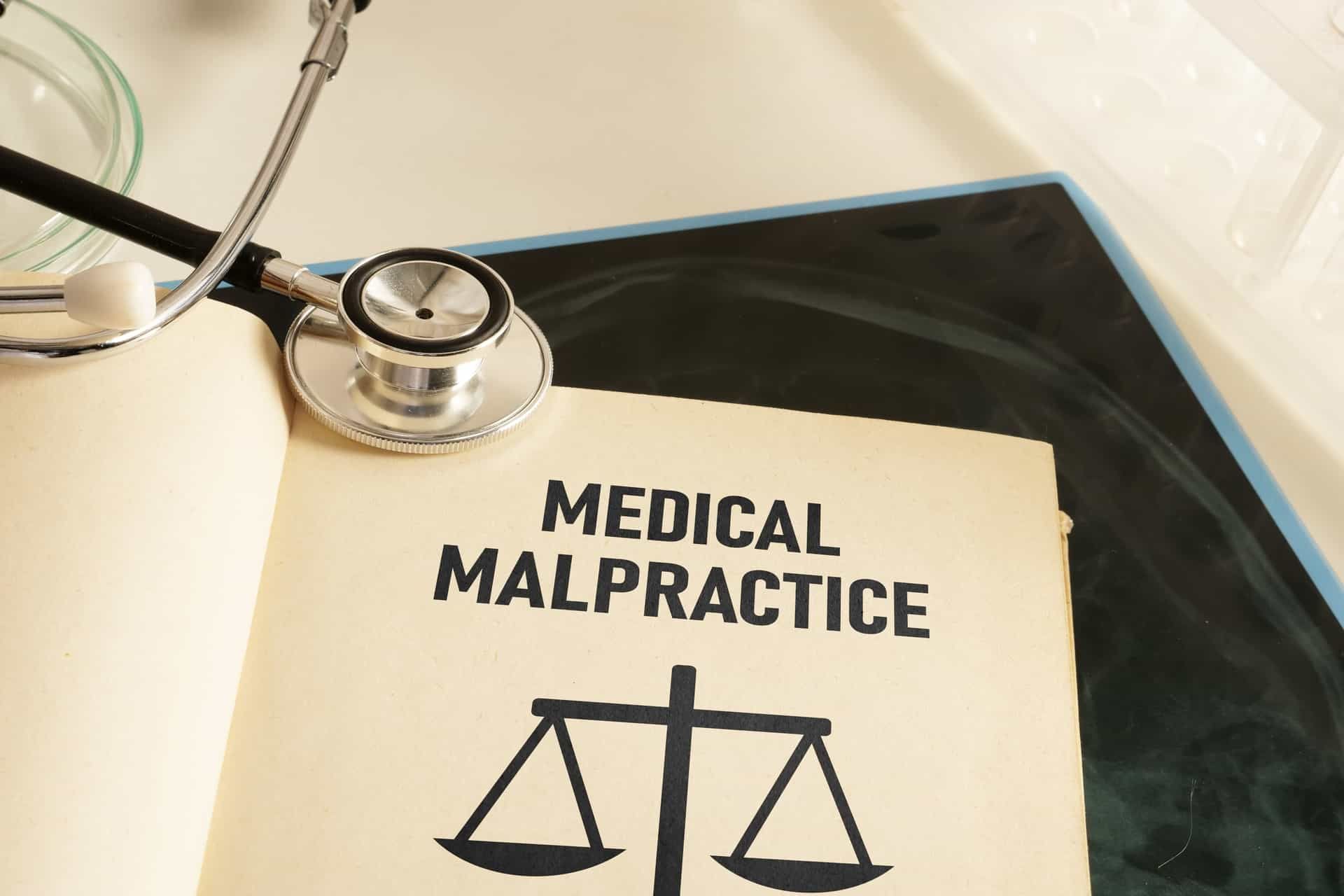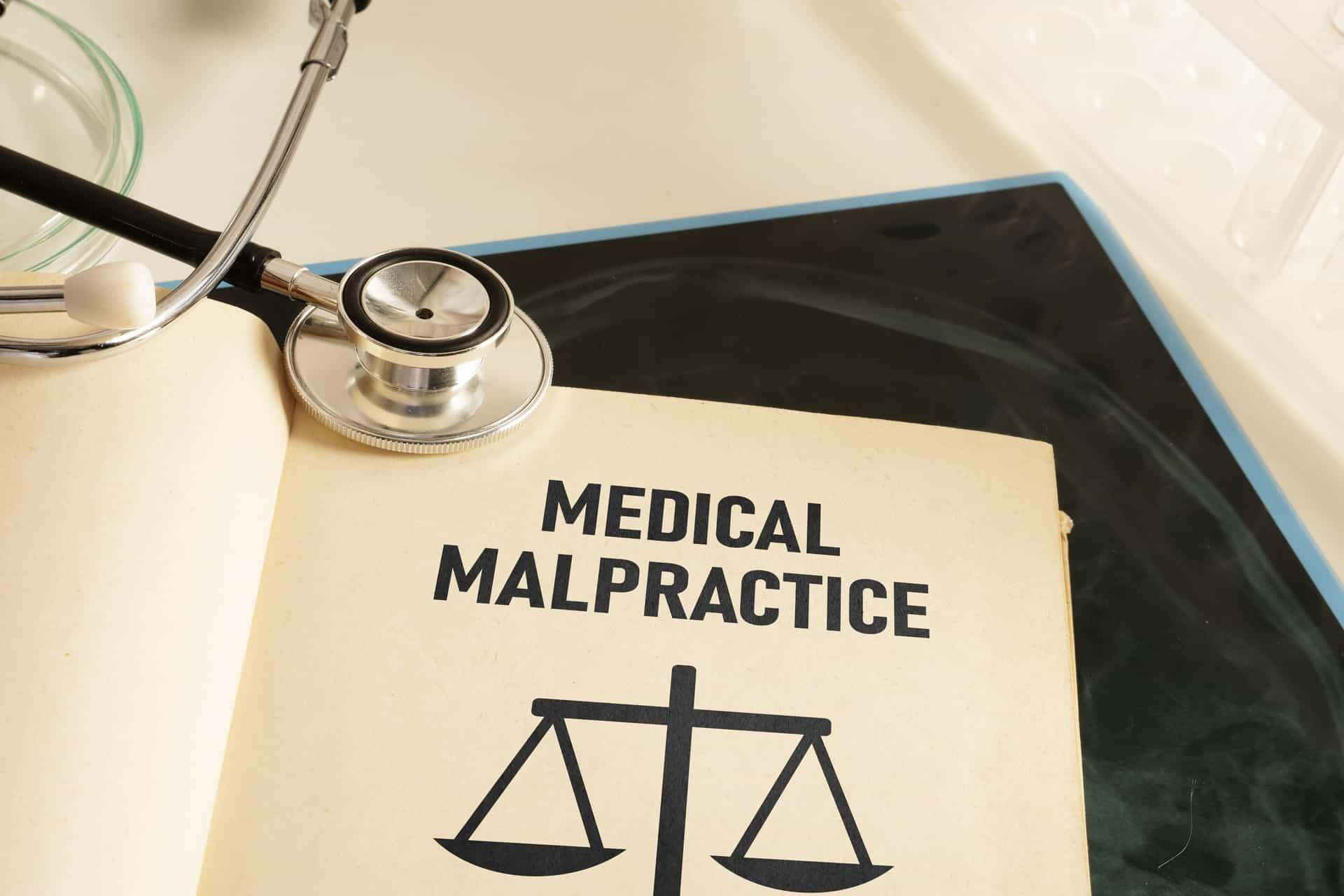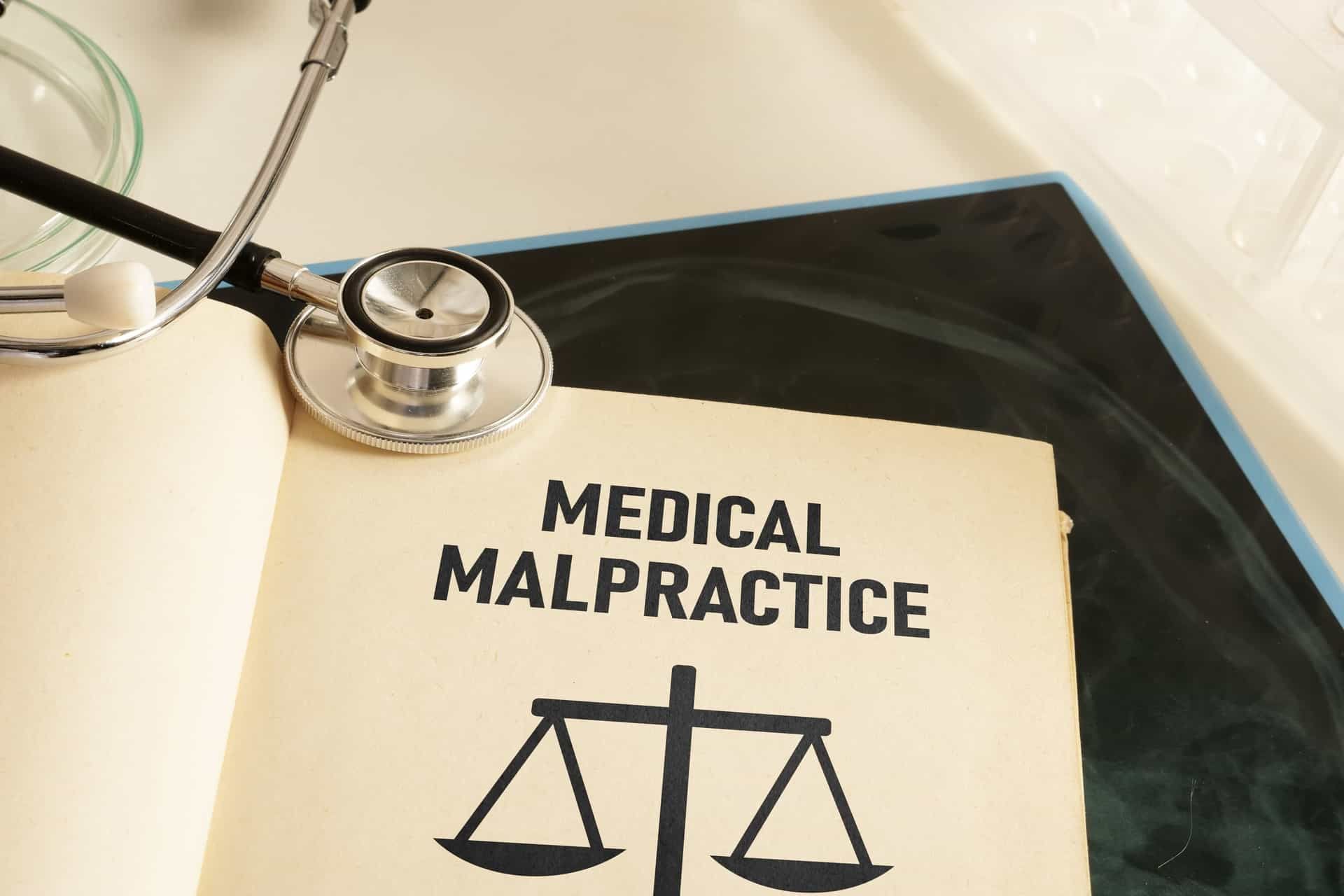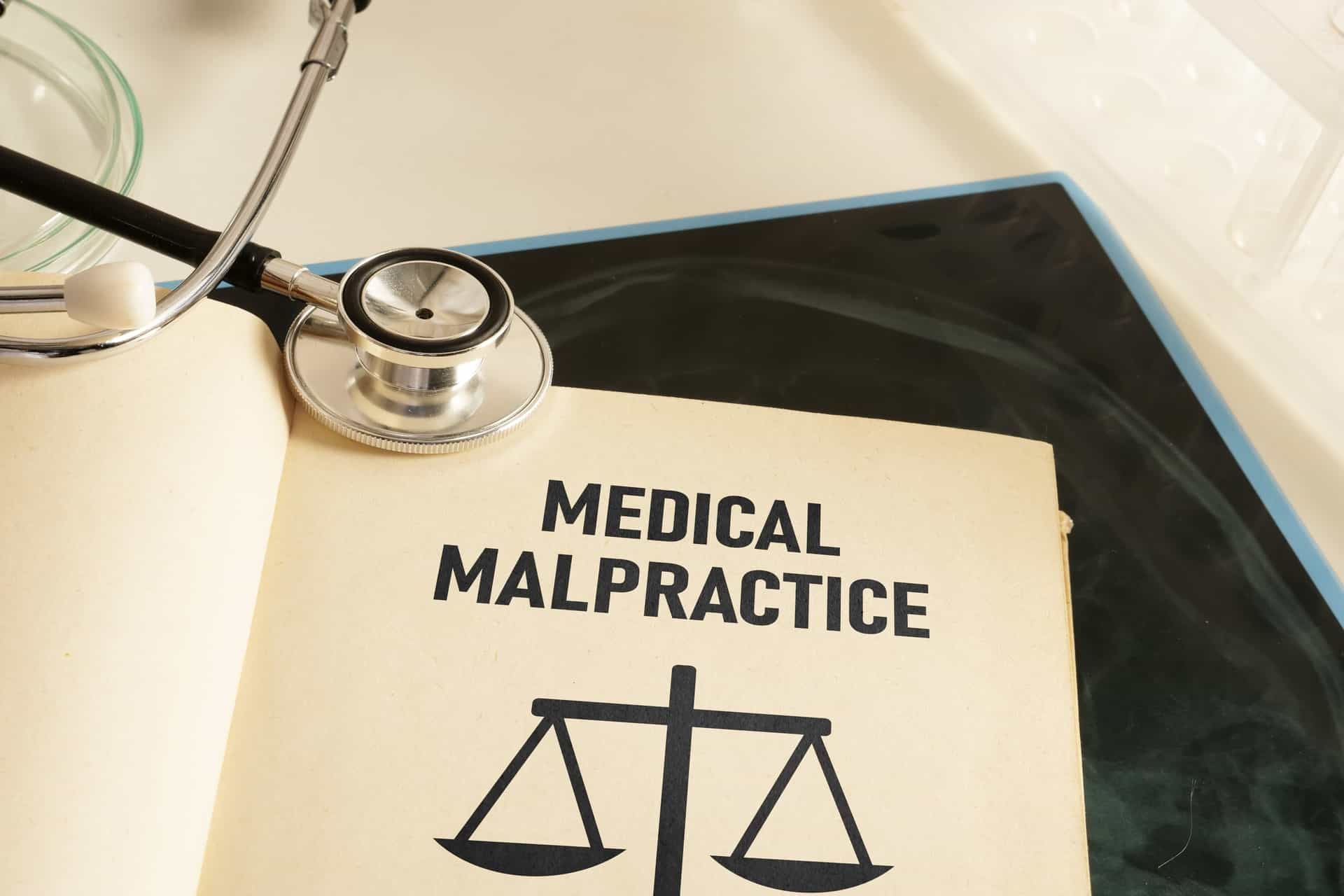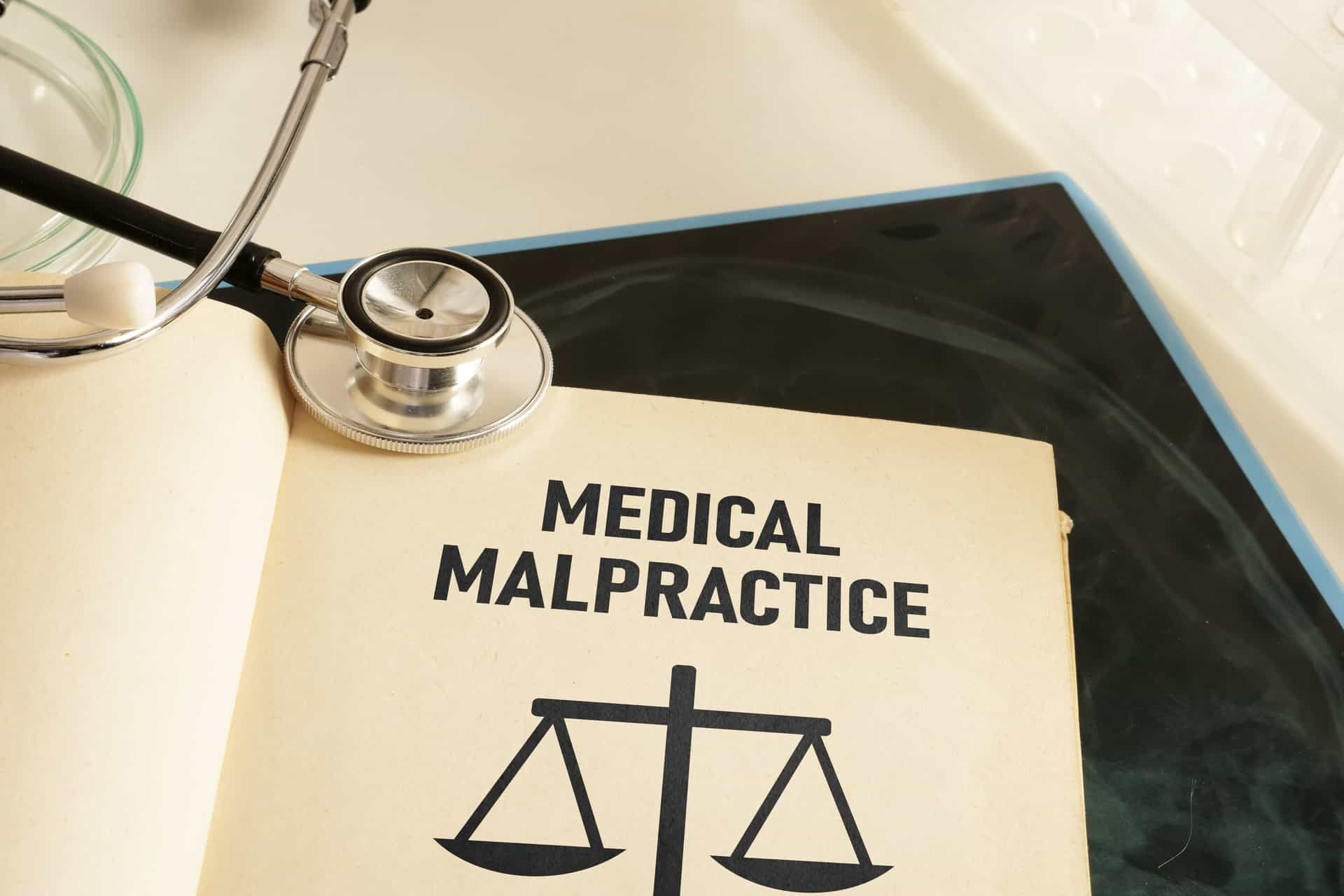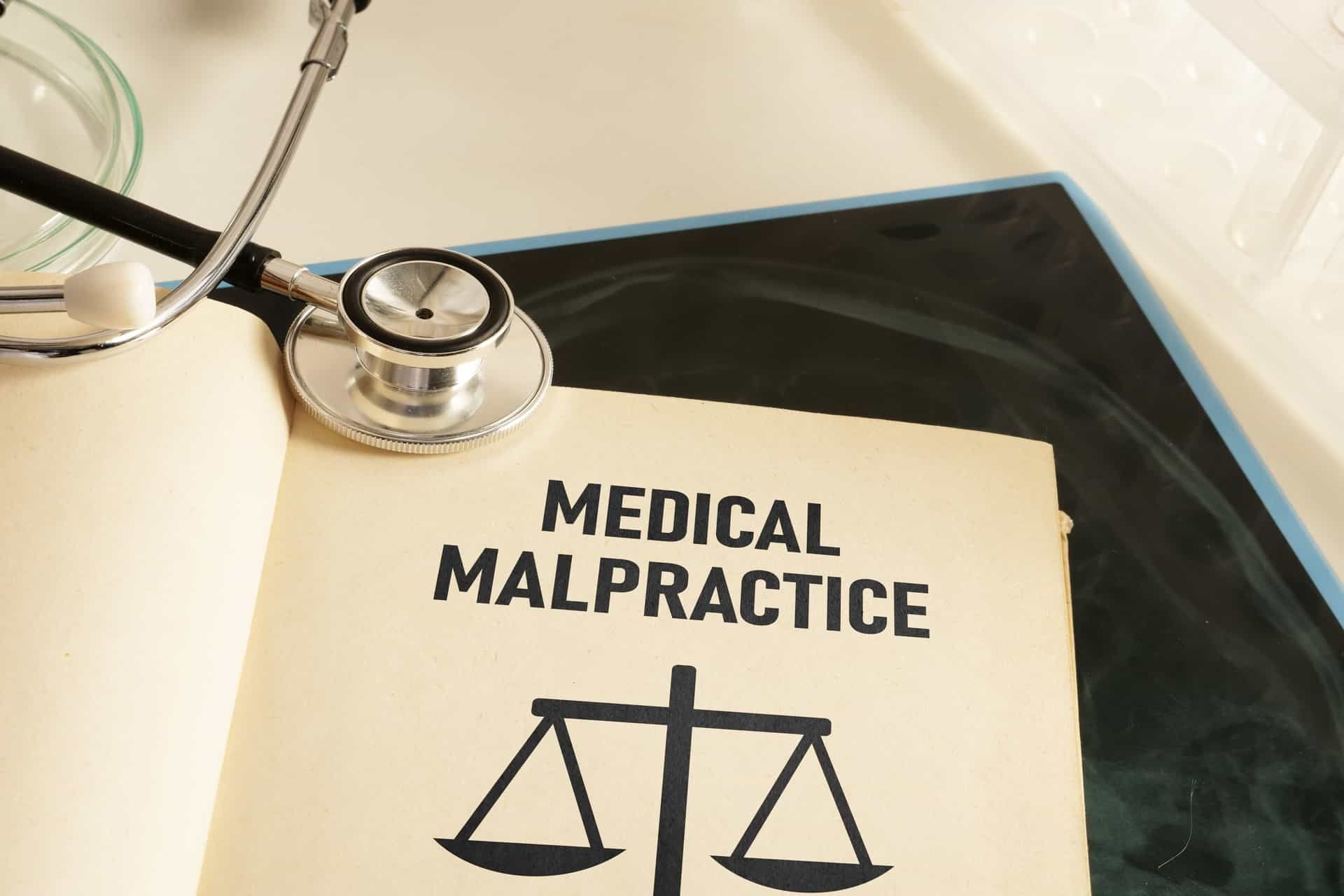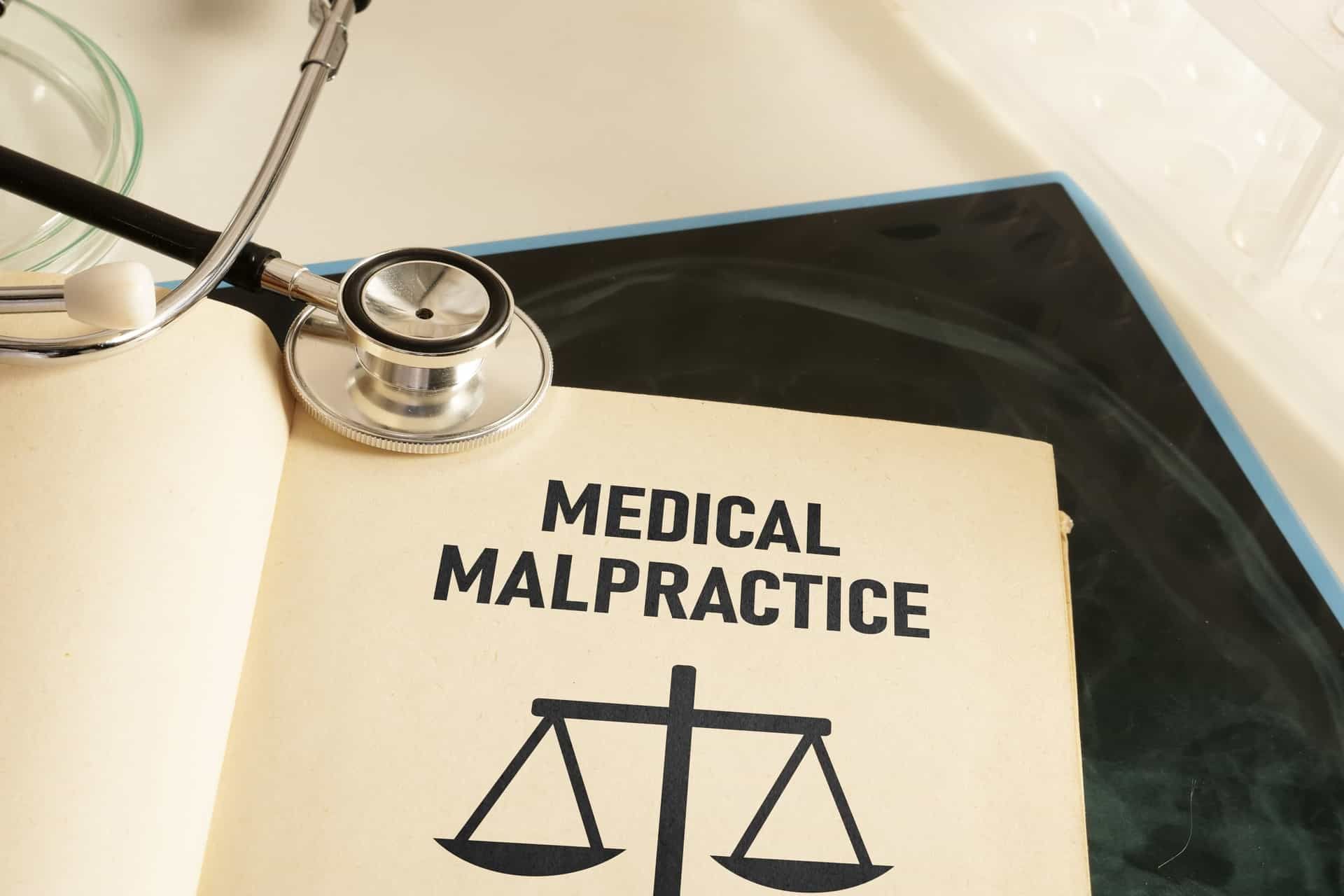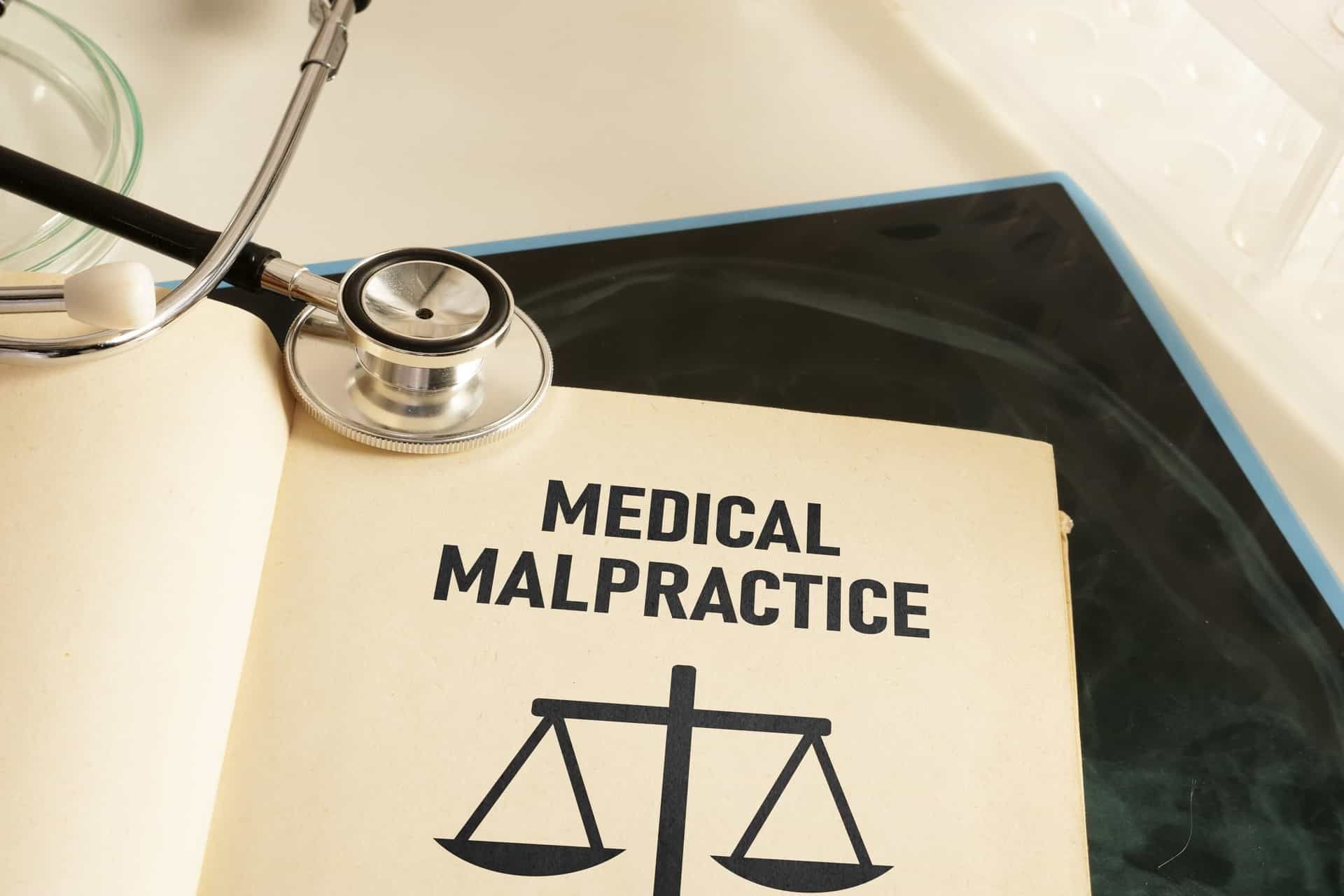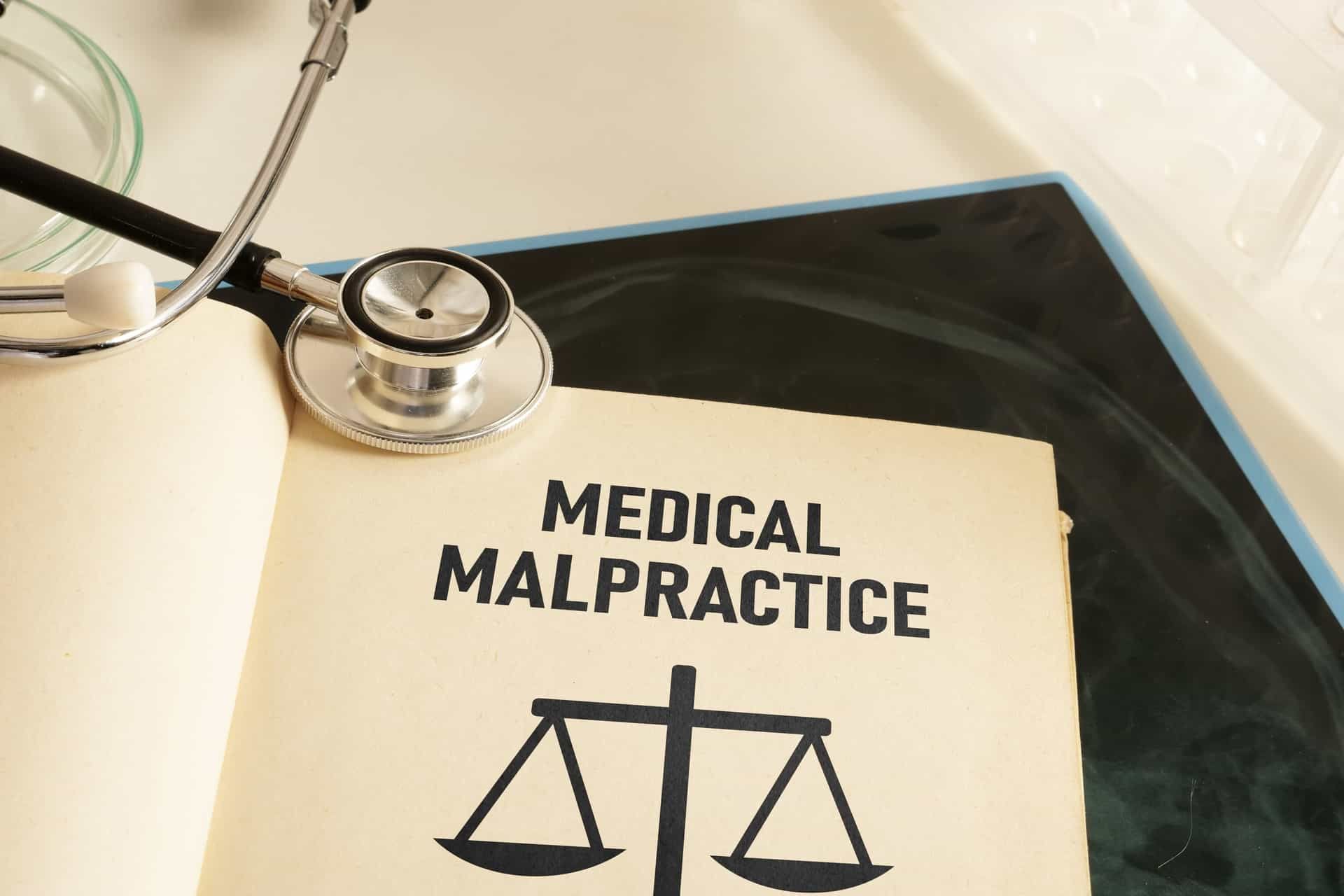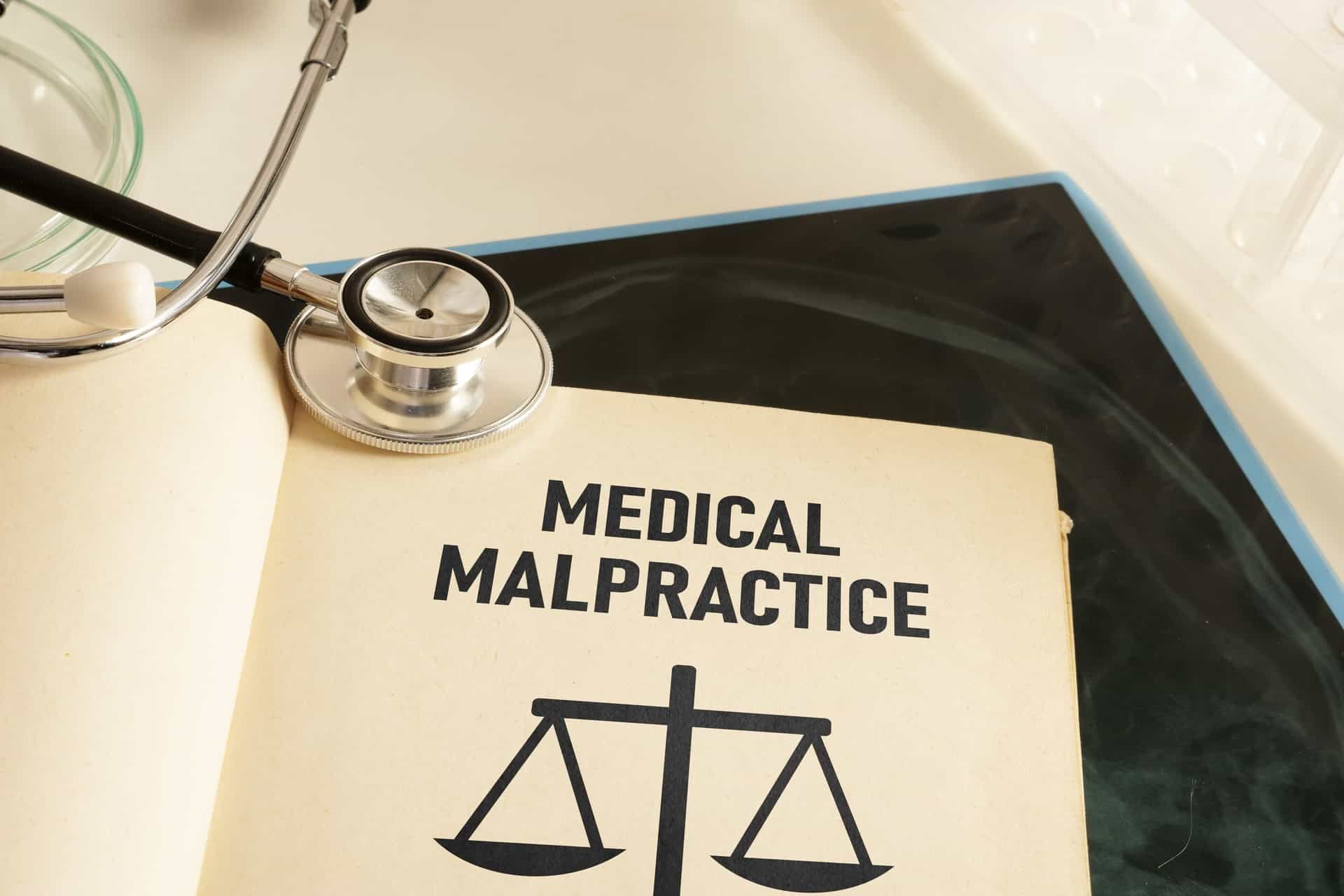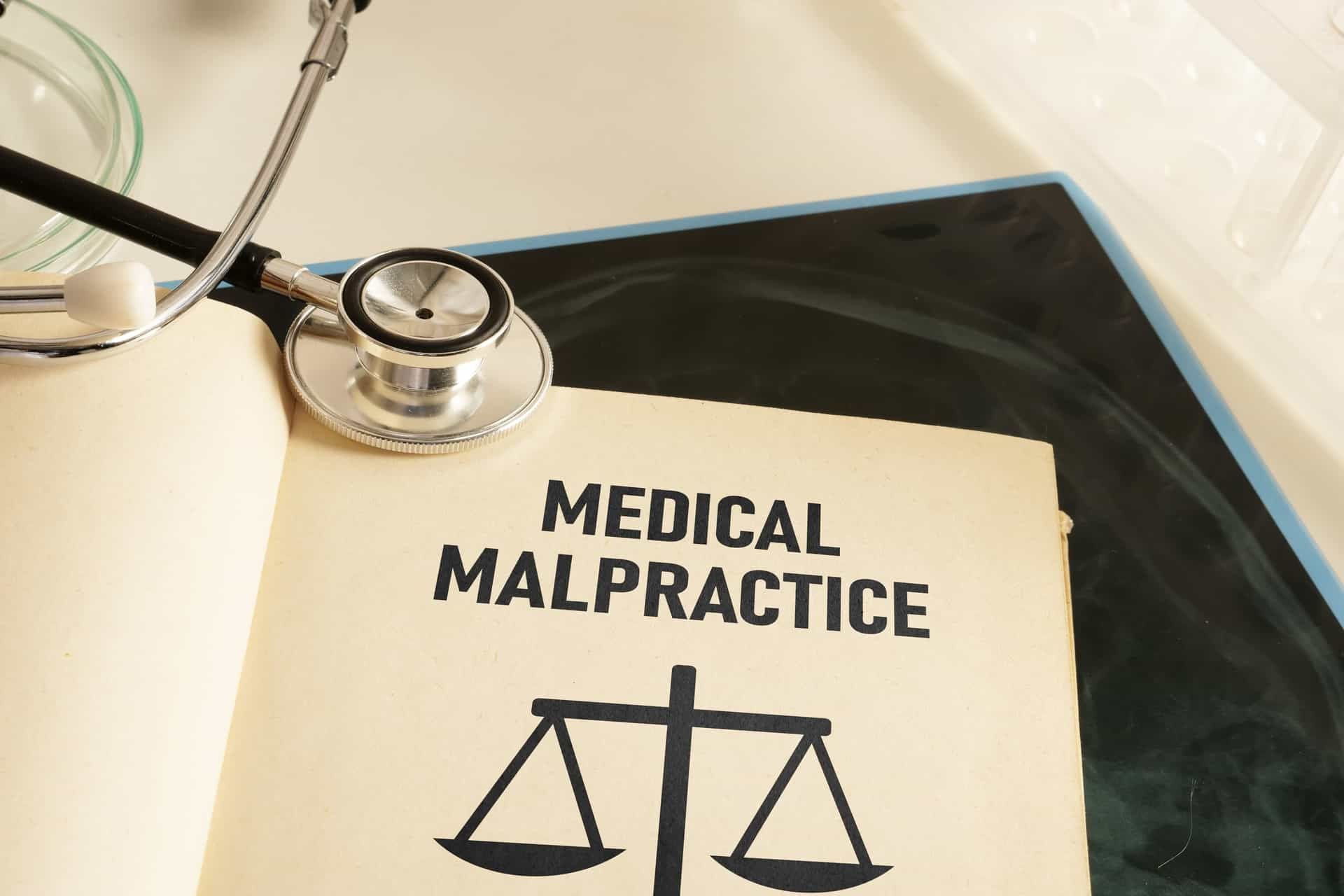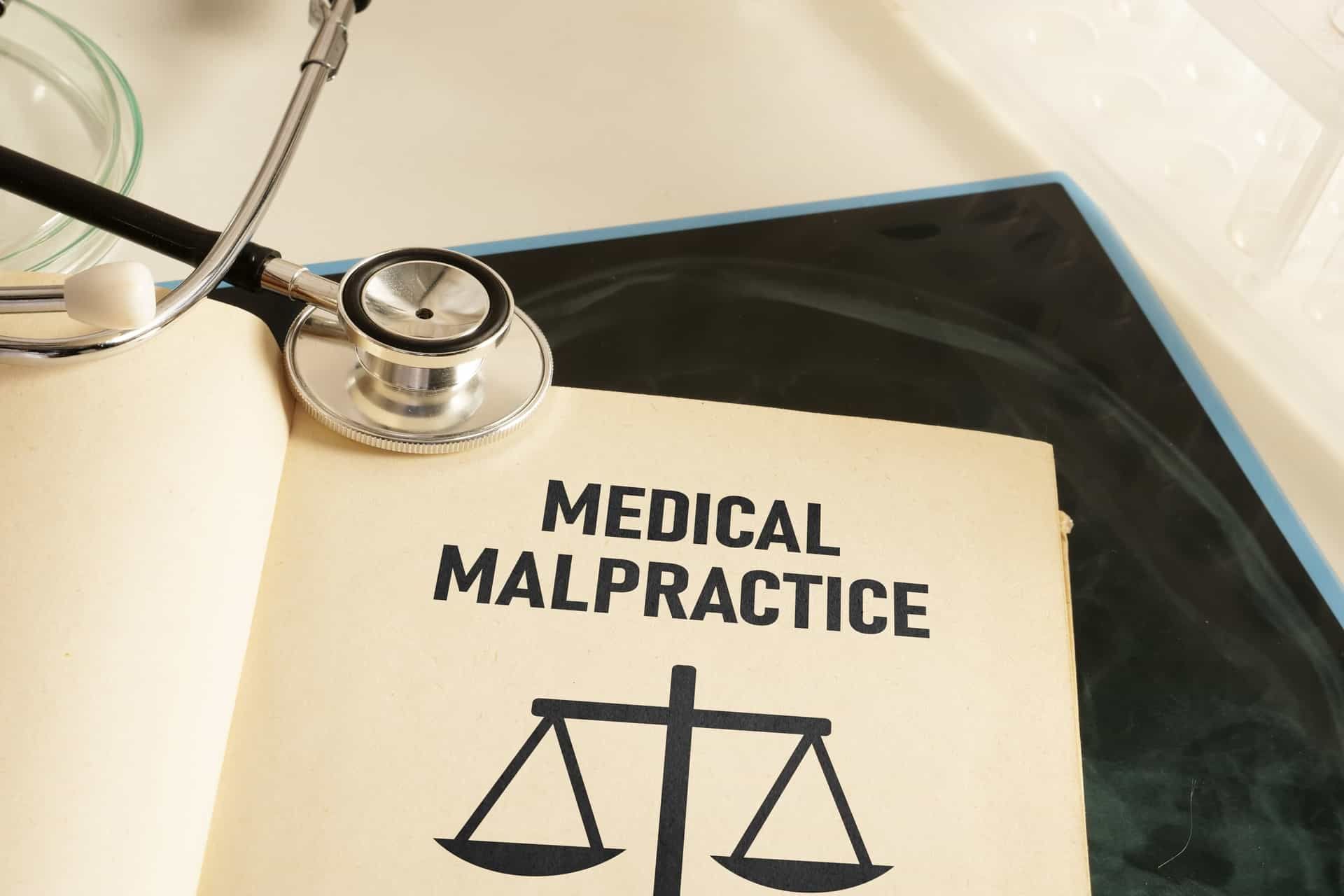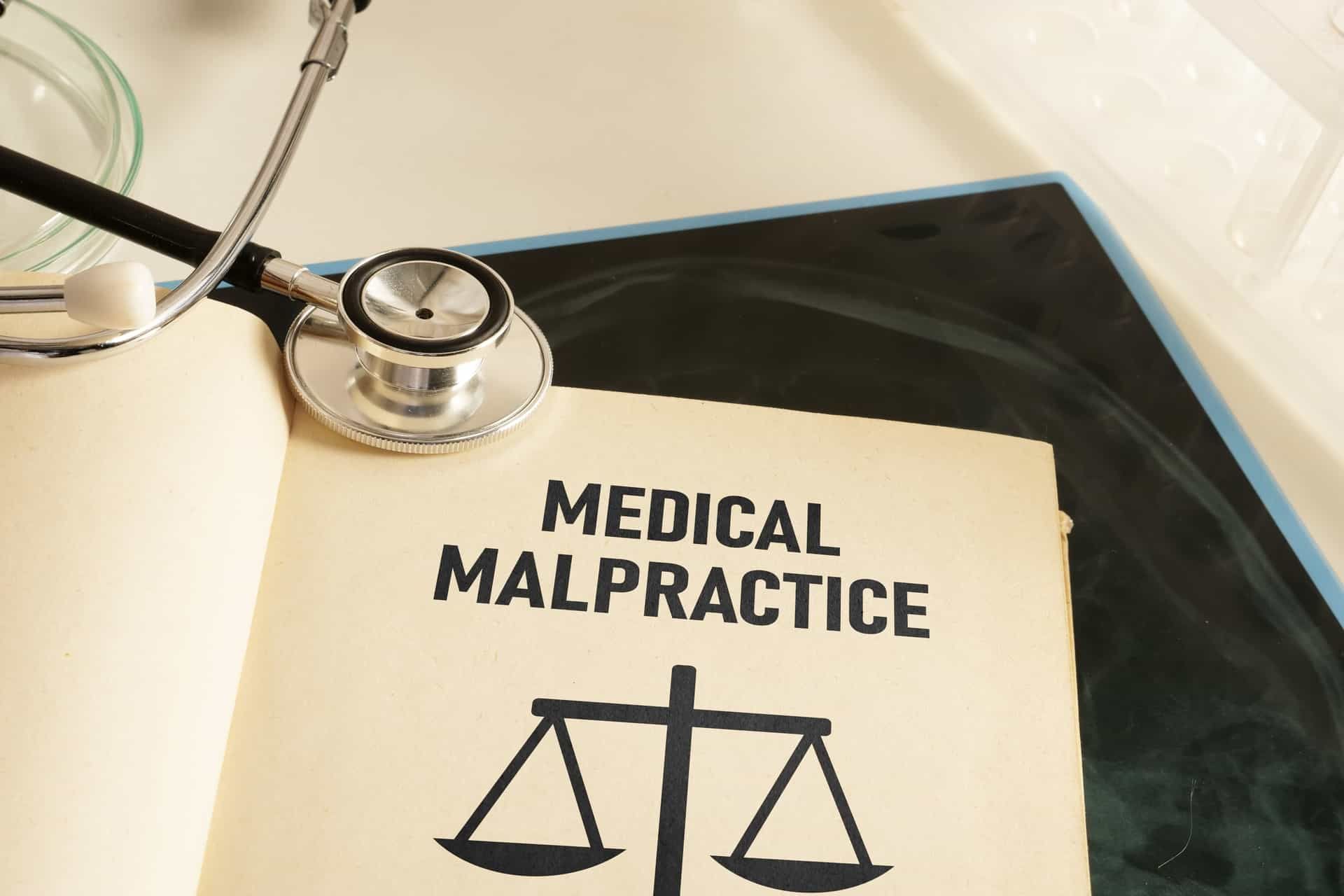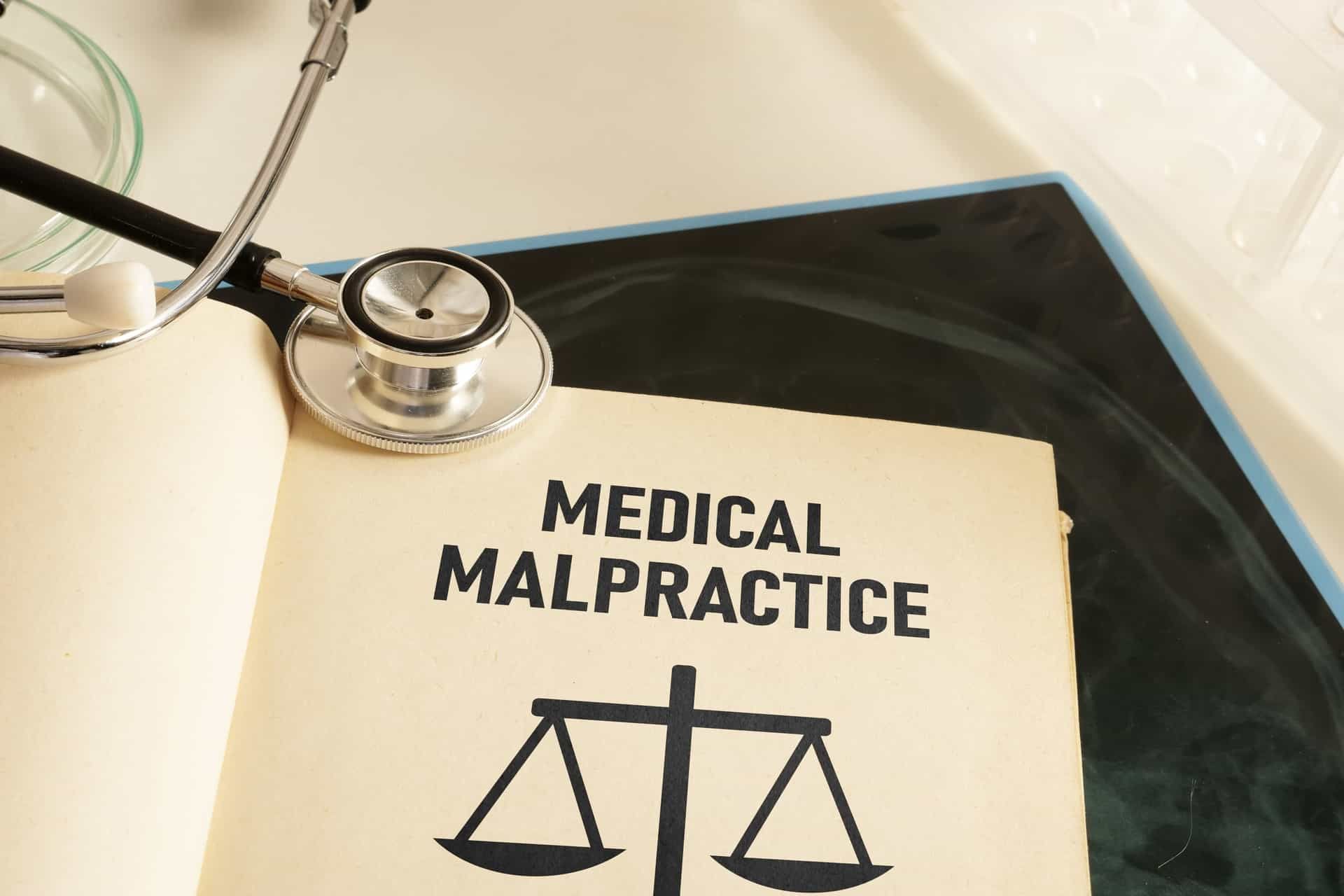Medical Malpractice Employers Liability Insurance: Comprehensive Protection for Healthcare Providers
Introduction
Healthcare providers face unique risks that extend beyond patient care. While medical malpractice insurance protects against clinical negligence claims, healthcare employers also need robust employers liability coverage to protect their staff and business operations. Medical Malpractice Employers Liability Insurance provides this dual protection, combining clinical risk coverage with comprehensive employee protection in one specialized policy.
This insurance is essential for healthcare practices, clinics, hospitals, and medical facilities that employ clinical and non-clinical staff. It addresses the complex liability exposures that arise when providing medical services while managing a workforce in a high-risk environment.
Understanding Medical Malpractice Employers Liability Insurance
Medical Malpractice Employers Liability Insurance is a specialized policy that combines two critical coverage areas:
Medical Malpractice Coverage protects against claims arising from clinical negligence, misdiagnosis, treatment errors, and other professional medical mistakes that result in patient harm.
Employers Liability Coverage protects against claims from employees who suffer work-related injuries, occupational diseases, or workplace-related harm while working in healthcare environments.
This combined approach recognizes that healthcare employers face both clinical and workplace liability risks that can result in significant financial exposure.
Key Coverage Components
Medical Malpractice Protection
- Clinical negligence claims
- Misdiagnosis and delayed diagnosis
- Surgical and treatment errors
- Medication mistakes
- Failure to obtain informed consent
- Breach of patient confidentiality
- Wrongful death claims
- Legal defense costs
Employers Liability Protection
- Work-related injury claims
- Occupational disease exposure
- Workplace stress and mental health claims
- Discrimination and harassment allegations
- Wrongful termination claims
- Health and safety violations
- Needle stick injuries and bloodborne pathogen exposure
- Repetitive strain injuries from medical procedures
Additional Coverage Features
- Professional indemnity for administrative decisions
- Cyber liability for patient data breaches
- Business interruption following incidents
- Regulatory investigation costs
- Crisis management and reputation protection
- Locum and temporary staff coverage
Industry-Specific Risks
Clinical Environment Hazards
Healthcare workplaces present unique risks including exposure to infectious diseases, hazardous chemicals, radiation, and physical strain from patient handling. Staff may suffer injuries from needle sticks, chemical burns, back injuries from lifting patients, or exposure to contagious diseases.
High-Stress Work Environment
Healthcare settings often involve high-stress situations, long hours, and emotional demands that can contribute to workplace stress, burnout, and mental health issues among staff members.
Regulatory Compliance
Healthcare employers must comply with numerous regulations including health and safety requirements, infection control protocols, and professional standards that create additional liability exposures.
Patient Interaction Risks
Staff members may face allegations of inappropriate conduct, discrimination, or harassment from patients or their families, requiring specialized legal protection.
Benefits of Combined Coverage
Cost Efficiency
Combining medical malpractice and employers liability coverage in one policy typically provides better value than purchasing separate policies, with reduced administrative costs and potential premium discounts.
Comprehensive Protection
A single policy ensures no gaps in coverage between clinical and workplace liability risks, providing seamless protection across all operational areas.
Simplified Claims Management
Having one insurer handle both types of claims streamlines the claims process and reduces potential coverage disputes between multiple insurers.
Tailored Healthcare Focus
Specialized insurers understand the unique risks facing healthcare providers and can offer coverage specifically designed for medical environments.
Claims Process
Immediate Response
Contact your insurer immediately upon becoming aware of any incident that could result in a claim, whether clinical or workplace-related.
Documentation Requirements
Maintain detailed records of all incidents, including medical records, witness statements, and any immediate actions taken to address the situation.
Legal Support
Your insurer will provide specialized legal representation familiar with both medical malpractice and employment law.
Investigation Process
Professional investigators will examine the circumstances of the claim and work to establish liability and appropriate response strategies.
Settlement Negotiations
Experienced claims handlers will manage settlement discussions while protecting your professional reputation and business interests.
Risk Management Strategies
Clinical Risk Reduction
- Implement robust clinical protocols and procedures
- Ensure proper staff training and competency assessments
- Maintain accurate and complete medical records
- Establish clear communication protocols
- Regular clinical audit and review processes
Workplace Safety Measures
- Comprehensive health and safety policies
- Regular risk assessments and hazard identification
- Proper training on equipment use and safety procedures
- Incident reporting and investigation systems
- Occupational health monitoring programs
Staff Management
- Clear employment contracts and job descriptions
- Regular performance reviews and feedback
- Anti-discrimination and harassment policies
- Stress management and employee support programs
- Proper disciplinary and grievance procedures
Choosing the Right Coverage
Coverage Limits
Ensure adequate coverage limits for both medical malpractice and employers liability components, considering the size of your practice and potential exposure levels.
Retroactive Coverage
Consider retroactive coverage for claims arising from past incidents, particularly important when switching insurers or starting a new practice.
Territorial Coverage
Ensure coverage extends to all locations where you provide services and employ staff, including temporary or mobile service locations.
Exclusions Review
Carefully review policy exclusions to understand what risks are not covered and consider additional coverage where necessary.
Claims History Impact
Your claims history will affect premium costs, so maintaining good risk management practices is essential for long-term affordability.
Regulatory Compliance
Professional Standards
Ensure your insurance meets professional body requirements and regulatory standards for your specific healthcare discipline.
Employment Law Compliance
Stay current with employment law changes that may affect your liability exposure and insurance requirements.
Health and Safety Regulations
Maintain compliance with health and safety regulations to reduce claims risk and potentially qualify for premium discounts.
Data Protection Requirements
Ensure adequate cyber liability coverage to meet data protection obligations and patient confidentiality requirements.
Cost Factors
Practice Size and Type
Larger practices with more employees and higher patient volumes typically face higher premiums due to increased exposure levels.
Specialty Risk Levels
High-risk medical specialties may face higher premiums for the medical malpractice component of the coverage.
Claims History
Previous claims experience significantly impacts premium costs, with claim-free practices often qualifying for discounts.
Risk Management Measures
Implementing comprehensive risk management programs can help reduce premiums and improve coverage terms.
Geographic Location
Location affects both medical malpractice and employers liability risk levels, influencing premium calculations.
Common Exclusions
Intentional Acts
Coverage typically excludes intentional wrongdoing, criminal acts, or deliberate violations of professional standards.
Contractual Liability
Some policies may exclude liability assumed under contract beyond what would exist under common law.
Punitive Damages
Many policies exclude coverage for punitive or exemplary damages, though this varies by jurisdiction.
Prior Known Circumstances
Claims arising from circumstances known before policy inception are typically excluded.
Specific High-Risk Activities
Some specialized medical procedures or experimental treatments may be excluded and require separate coverage.
Frequently Asked Questions
Do I need separate medical malpractice and employers liability policies?
While separate policies are available, combined coverage often provides better value and eliminates potential coverage gaps between the two types of liability.
Does the policy cover locum or temporary staff?
Most policies can be extended to cover temporary staff, but this should be specifically confirmed and may require additional premium.
What happens if an employee is also a patient?
This situation requires careful policy review as it may involve both employers liability and medical malpractice coverage components.
Are mental health claims covered under employers liability?
Work-related stress and mental health claims are typically covered, but coverage terms vary and should be specifically reviewed.
Does the policy cover regulatory investigations?
Many policies include coverage for regulatory investigation costs, but the extent of coverage varies between insurers.
What if I provide services at multiple locations?
Ensure your policy covers all locations where you provide services and employ staff, including temporary or visiting locations.
How does claims history affect renewals?
Claims history significantly impacts renewal terms and premiums, making effective risk management essential for long-term affordability.
Can I add cyber liability coverage?
Many insurers offer cyber liability as an additional coverage option, which is increasingly important for healthcare providers handling patient data.
What documentation is required for claims?
Maintain comprehensive records including incident reports, medical records, employment records, and any immediate response actions taken.
How quickly must I report potential claims?
Most policies require immediate notification of potential claims, so contact your insurer as soon as you become aware of any incident that could result in a claim.
Conclusion
Medical Malpractice Employers Liability Insurance provides essential protection for healthcare providers who face both clinical and workplace liability risks. This specialized coverage combines medical malpractice protection with comprehensive employers liability coverage, ensuring complete protection for healthcare businesses and their employees.
The complex nature of healthcare environments requires insurance solutions that understand both clinical and workplace risks. By choosing appropriate coverage limits, implementing effective risk management strategies, and working with experienced healthcare insurers, medical providers can protect their practice, employees, and financial stability.
Regular policy reviews ensure coverage remains adequate as your practice evolves, while proactive risk management helps maintain affordable premiums and reduces the likelihood of claims. This comprehensive approach to insurance protection allows healthcare providers to focus on delivering quality patient care while maintaining confidence in their financial protection.


 0330 127 2333
0330 127 2333
